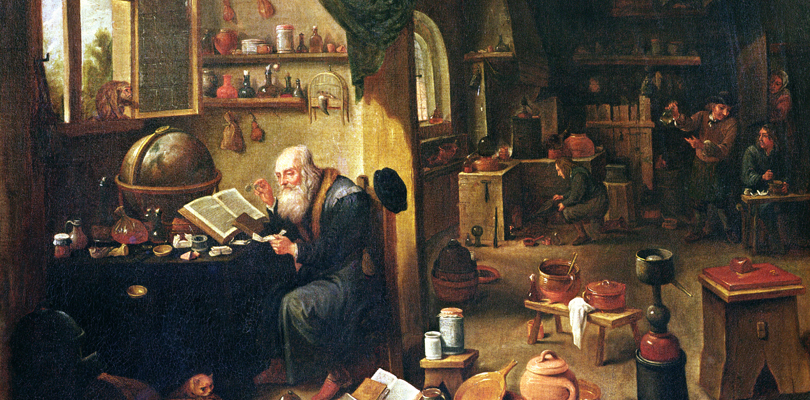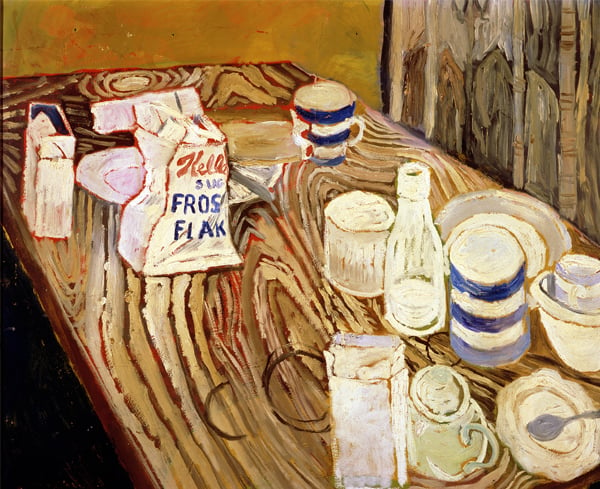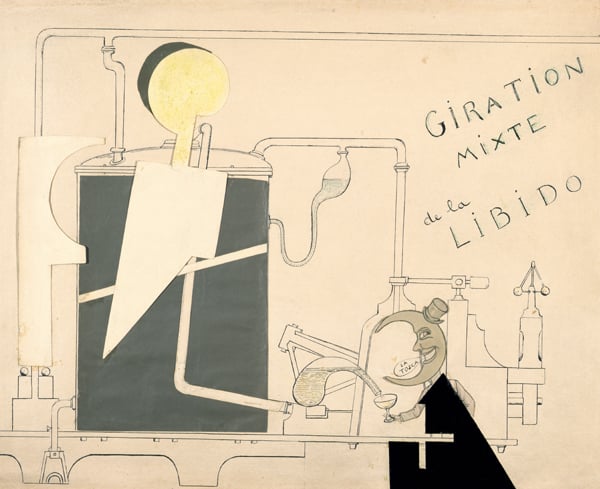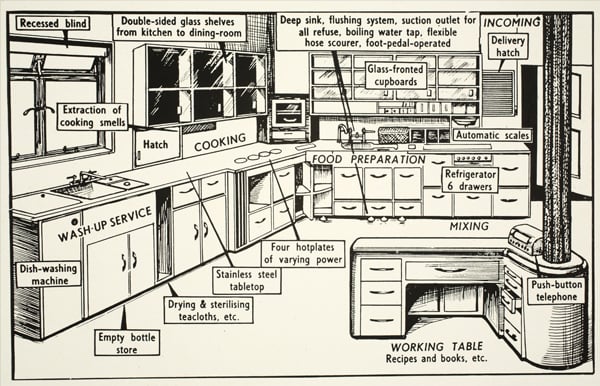
Invented by Accident
Many of the things we enjoy in our daily lives were discovered by mistake.
Bridgeman has an impressive collection of imagery relating to invention, innovation, commerce and consumerism. From pre-history and the ancient civilizations to the Industrial Revolution in Europe and early 20th century American industry and from represented collections such as the Hagley Museum & Library, the Advertising Archives, and the British Library, our archive is unmatched.

Still Life with Wardrobe, c.1954 (oil on board), Bratby, John (1928-92) / Private Collection / © Lawrence Steigrad Fine Arts, New York / John Bratby Estate by courtesy of Julian Hartnol / Bridgeman Images
Corn Flakes
In 1894 Dr. John Kellogg and his brother Will Kellogg ran the Battle Creek Sanitarium in Michigan. The brothers were searching for wholesome foods to feed patients as well as fit in with their strict Adventist’s diet. One day they left some boiled wheat out by accident and when they returned they found it had become stale. Deciding not to waste the wheat, they sent it through the rollers hoping to create dough but ended up with flakes. After toasting the flakes, they served the concoction to the patients, who liked it so much that the brothers experimented with other types of grain, including corn. In 1906 Will added sugar to the flakes, causing a rift between him and his health-conscious brother, and created the Kellogg’s company in order to sell his new product and its frosted cousin.

Four Ice Cream Cones, 1964 (oil on canvas), Wayne Thiebaud (b.1920) / Phoenix Art Museum, Arizona, USA / Museum purchase – COMPAS funds / Bridgeman Images
Ice Cream Cone
During the 1904 St. Louis World’s Fair, Syrian pastry maker Ernest Hamwi ran a stand selling zalabia, a crisp pastry cooked in a hot waffle-patterned press. When a neighboring ice cream vendor, Arnold Fomachou, ran out of dishes for his ice cream Hamwi helped him out by giving him his zalabia to roll into a cornucopia in order to hold the treat. Thus the ice cream cone was born. After the fair Hamwi partnered with J. P. Heckle and created the Cornucopia Waffle Company and in 1910 created his own company, the Missouri Cone Company.

Anti-drug Poster issued by the US Public Health Service (colour litho), American School, (20th century) / Private Collection / Peter Newark Pictures / Bridgeman Images
LSD’s Psychological Effects
In 1929, Swiss chemist Albert Hofmann was trying to map the compounds derived of the ergot fungi in order to assess any potential medical uses. Having produced the compound LSD-25, he found no potential medical uses and put it aside. Five years later he decided to revisit the compound. While studying LSD-25 he accidentally ingested some of it and started to feel sensations. He left work and went home where he had strange hallucinations, likening images he experienced to a kaleidoscope. Thus in 1934 Hofmann had the first acid trip. Sandoz Laboratories introduced LSD as a psychiatric drug in 1947. Despite the fact that possession of LSD was made illegal in the United States in 1968, the last FDA approved study of LSD in patients was not until 1980.
Microwave Oven
In 1945, American engineer Percy Spencer was building magnetrons for radar sets for the Raytheon company when he noticed that the candy bar in his pocket was melting. He then experimented with popcorn, which began to pop when exposed to the electromagnetic waves. On October 8th, 1945 Spencer filed for a US patent for microwave cooking system and in 1947 the Radarange, the first commercial microwave oven, was built. However, it was not widely used until the 1970s when it was redesigned with a new magnetron feed and reshaped into the short and wide box shape it still has today.

Mixed Gyration of the Libido, 1919 (ink, crayon and collage on paper), Joostens, Paul (1889-1960) / The Israel Museum, Jerusalem, Israel / Vera & Arturo Schwarz Collection of Dada and Surrealist Art / Bridgeman Images
Viagra
In 1991 Ian Osterloh was conducting a clinical trial for the drug Sildenafil, a drug designed by a group of scientists at Pfizer’s Sandwich research facility in Kent, England. Sildenafil was thought to cure high blood pressure and ischaemic heart disease. While he found that the drug did nothing for high blood pressure he did notice that it caused penile erections, leading him to market the drug for erectile dysfunction. Obtaining a patent in 1996 and approved by the FDA in 1988, Viagra became the first oral treatment in the US market to treat erectile dysfunction.

